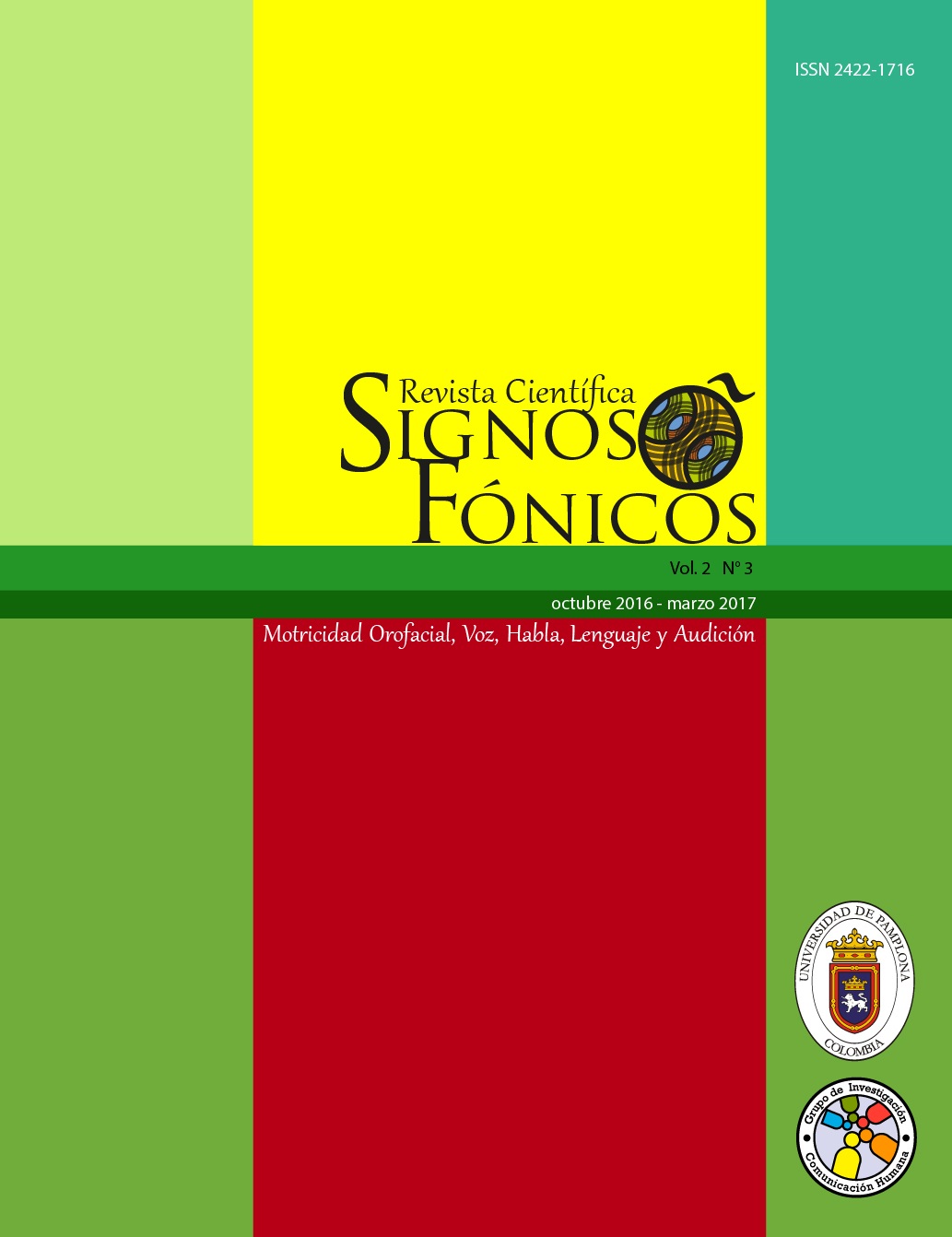Programa de conservación de la audición: enfoque en el uso adecuado del equipo de protección personal.
DOI:
https://doi.org/10.24054/rcsf.v1i3.2087Palabras clave:
Equipo Auditivo Individual, Programa de Conservación Auditiva, Pérdida auditiva por ruido, Ruido ocupacionalResumen
INTRODUCCIÓN: El objetivo de esta investigación fue verificar si las empresas orientan a sus empleados sobre el uso y manejo correctos de protectores auditivos en trabajadores expuestos a ruido ocupacional (83 a 102 dB). MÉTODOS: En este estudio participaron 38 personas, de entre 20 y 52 años, 30 hombres y 8 mujeres, de una fábrica de plásticos. Se les evaluó mediante un cuestionario aplicado en su entorno de trabajo, utilizando protectores auditivos de inserción y de estante, una vez expuestos a un nivel de presión sonora superior al nivel de acción (80 dB). RESULTADOS: Se observó que la fábrica ofrece la correcta disponibilidad en cuanto a comodidad, manejo, orientación y evaluación de las medidas adoptadas en el EPI, garantizando así las condiciones de protección establecidas originalmente por los fabricantes. Sin embargo, las orientaciones sobre higiene y mantenimiento no son satisfactorias. DISCUSIÓN Y ANÁLISIS: El profesional debe asesorar individualmente sobre el uso y mantenimiento adecuados, e incluso sobre el momento del cambio de guardia. Además, estas directrices y la capacitación deben desarrollarse con grupos de trabajadores, mediante charlas, folletos, videos o reuniones (14). CONCLUSIÓN: Con esta investigación, se concluyó que los trabajadores evaluados están convencidos de la importancia de los protectores auditivos, pero aún deben estar mejor informados sobre los cambios y la higiene de los EPI. También se concluyó que el trabajo debe ser realizado por un equipo multidisciplinar y depende de la colaboración de cada trabajador, para una mayor efectividad del Programa de Conservación Auditiva (PCA).
Descargas
Referencias
AREZES. P M, MIGUEL. A S. Hearing Protectors Acceptability in Noisy Ambientes Environments. The Annals of occupational hygiene. 2002 apr; 46(2): p. 531-536.
BRAMATTI L, MORATA TC, MARQUES JM. Ações educativas com enfoque positivo em programa de conservação auditiva e sua avaliação. Revista CEFAC. 2008; 10(3): p. 398-408.
Diário Oficial da União. Altera a redação da NR-9 e cria o Programa de Prevenção de Riscos Ambientais orientações para elaboração do mapa de riscos. 1994..
BISCARO CO. Discurso Sobre o Programa de Conservação Auditiva: ideologia e seus efeitos. 2007..
CAVALLI R, MORATA T, MARQUES JM. Auditoria dos programas de prevenção de perdas auditivas em Curitiba (PPPA). Revista Brasileira Otorrinolaringologia. 2004;: p. 368-377.
CEZAR MdRV. Atuação do fonoaudiólogo na perda auditiva induzida por ruído. 2000..
COSTA. G B, GAMA. W U, MOMENSOHN-SANTOS. R B. Efficacy of the Auditory Protection for Insertion Into a Program of Hearing Losses Prevention. Arquivo Internacional Otorrinolaringologia. 2009; 13(3): p. 281-286.
EL DIB RP, ATALLAH AN, ANDRIOLO RB, SOARES BGO, J. V. A systematic review of the interventions to promote the wearing of hearing protection. São Paulo medical journal. 2006; 125(6).
GONCALVES CGO, COUTO CM, CARRARO JM, LEONELLI BS. Avaliação da colocação de protetores auriculares em grupos com e sem treinamento. Revista CEFAC. 2009; 11(2): p. 345-352.
GONÇALVES C, IGUTI A. Análise de programas de preservação da audição em quatro indústrias metalúrgicas de Piracicaba. Caderno de Saúde Pública. 2006; 22(3): p. 609-618.
H. GL. Efeitos psicossocias da perda auditiva induzida pelo ruído em ex funcionários da indústria. ACTA ORL. 2007; 25(1): p. 1-88.
National Institute for Occupational Safety and Health. (NIOSH). Preventing occupational hearing loss: a practical guide. 1996..
RODRIGUES M., A.G.; DEZAN, A. A; MARCHIORI L., L. M. Eficácia da escolha do protetor auditivo pequeno, médio e grande em programa de conservação auditiva. Revista CEFAC. 2006; 8(4): p. 543-547.
STEPHESONSON. M T, WITTE K, C. V, QUICK. B L, S. BB, D. P, et al. Using persuasive mes sages to encourage voluntary hearing protection among coal miners. J Safety Res. 2005; 36(1): p. 9-17.
VIEIRA GR. quipamento de proteção auditiva: um estudo na empresa de Florianópolis. 2000.
GONÇALVES OGC. Implantação de um programa de preservação auditiva em metalúrgica: descrição de um estratégia. Distúrbio da Comunicação. 2004; 16(1): p. 43-51.
Descargas
Publicado
Número
Sección
Licencia
Derechos de autor 2015 Adriano Ribeiro, Danniele Angelo, Livia Soares

Esta obra está bajo una licencia internacional Creative Commons Atribución-NoComercial-CompartirIgual 4.0.











